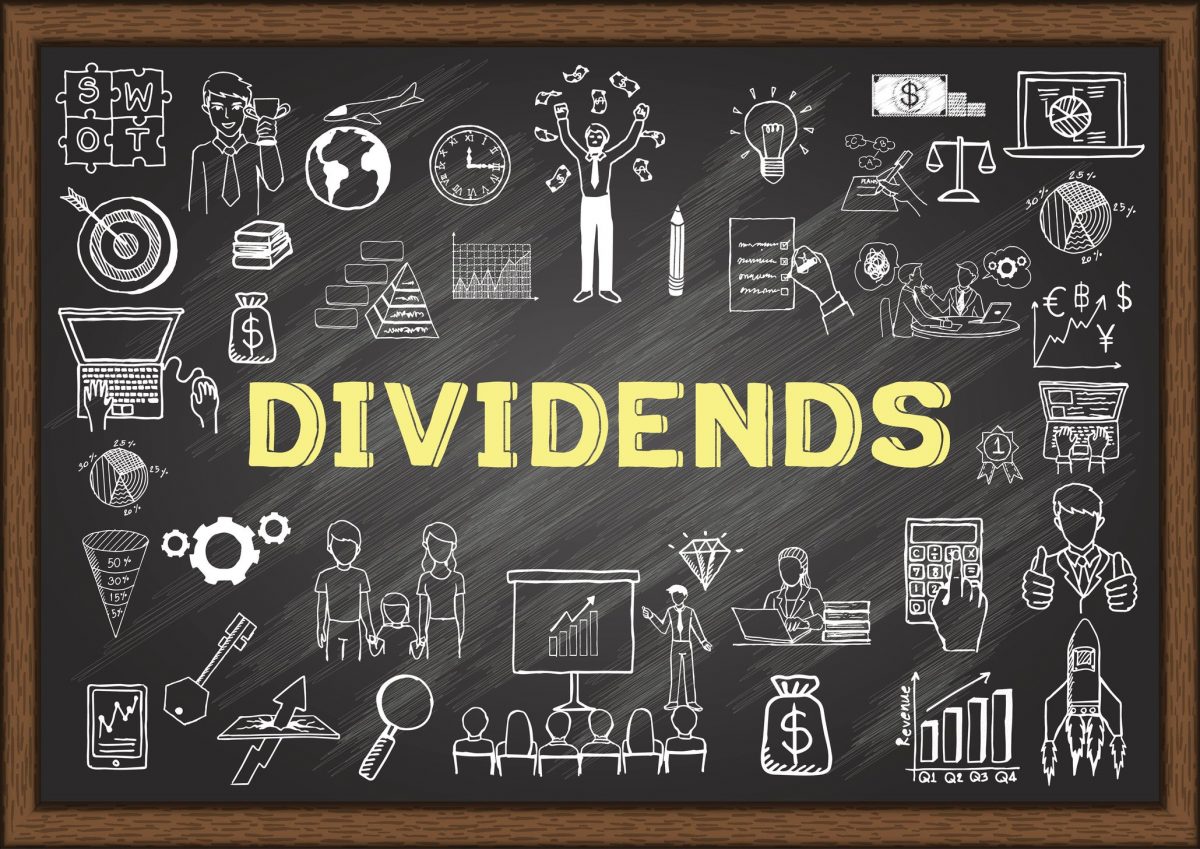Business Strategy and Outlook
National Australia Bank is one of four major banks operating in oligopolistic Australia and New Zealand markets. It is Australia’s biggest business bank, offering a full range of banking and financial services to the consumer, small business, and corporate sectors, with significant operations in New Zealand.
The bank has consistently held onto its large share of business loans, and continued investment shows a clear intention to retain this position. Capacity to make investments into digital onboarding and fast access to unsecured lending ensure the bank retains high satisfaction amongst small business customers.The macro economic impact of the coronavirus has put the near-term outlook for credit growth and profitability under a cloud. The main current influences on earnings growth are modest credit growth, a product of household risk aversion and deleveraging, and delays to business plans for capital expenditure. Intense competition is constraining interest margins. Operating expenses are expected to moderate from 2021 though after years of rising risk and compliance spend.
After enjoying super low impairment charges pre-2020, large loan losses expected due to COVID-19 resulted in large provisions in fiscal 2020. As a result of which, Morningstar analysts expect a return to midcycle levels around 0.18% in fiscal 2025. The MLC wealth divestment completed in May 2021 after reaching an agreement with IOOF for AUD 1.44 billion as the bank simplifies and refocuses on its core banking operations.
Solid Quarter for National Australia Bank With Margin Pressure Offset by Valuable Loan Growth
National Australia Bank’s first-quarter cash profit of AUD 1.8 billion is a strong start to the year. Operationally performance in the quarter was solid. The bank continues to sustain home loan growth ahead of the market, growing by 2.6% in the quarter. But with net interest margins, or NIM, trending lower, for the earnings run rate to hold, the release of loan loss provisions will need to step up. NIM fell 5 basis points to 1.64%, Morningstar analysts maintained a fair value estimate to AUD 28 per share. Morningstar analysts continue to assume NIM improvements in fiscal 2023 on a higher cash rate with a recovery to a NIM of 1.85% by fiscal 2025. Despite cost inflation, analysts think the bank can keep operating costs flat in dollar terms in fiscal 2023 and expect the benefits of fewer systems, more streamlined loan processing to allow the bank to reduce branch costs and staff numbers over time
Financial Strength
National Australia Bank is in good financial health, with common equity Tier 1 of 12.4% above the regulator’s 10.5% benchmark as at Dec. 31, 2021. The bank slashed the fiscal 2020 dividend to AUD 60 cents per share on both lower earnings and a reduced dividend payout ratio. Morningstar analysts expect the payout to average 70% of earnings before notable items over the next five years, in line with the target range of 65%-75% introduced in 2020. National Australia Bank has AUD 3.5 billion in excess capital, assuming a target common equity Tier 1 ratio of 11% (management target of 10.75% to 11.25%). This assumes completion of the AUD 2.5 billion share buyback announced in July 2021 and the acquisition of Citigroup’s Australian consumer business.
Bulls Say
- Management focus is on successful, lower-risk, and profitable domestic banking. Economies of scale, pricing power, a strong balance sheet, and high credit ratings provide a robust platform to drive growth.
- As Australia’s biggest business bank, National Australia Bank has the most to gain from the rebound in demand for business credit.
- NAB has the ability to achieve significant cost savings and drive operational efficiency improvements
Company Profile
National Australia Bank is the most business-focused of the four major banks, holding the largest share of business loans and the number-three spot in home loans. National Australia Bank is currently the third-largest bank by market capitalization, with the franchise covering consumer, small business, corporate, and institutional sectors. Under the UBank brand the bank also owns one of Australia’s largest digital-only banks. Offshore operations in New Zealand round out the group.
(Source: Morningstar)
General Advice Warning
Any advice/ information provided is general in nature only and does not take into account the personal financial situation, objectives or needs of any particular person.









